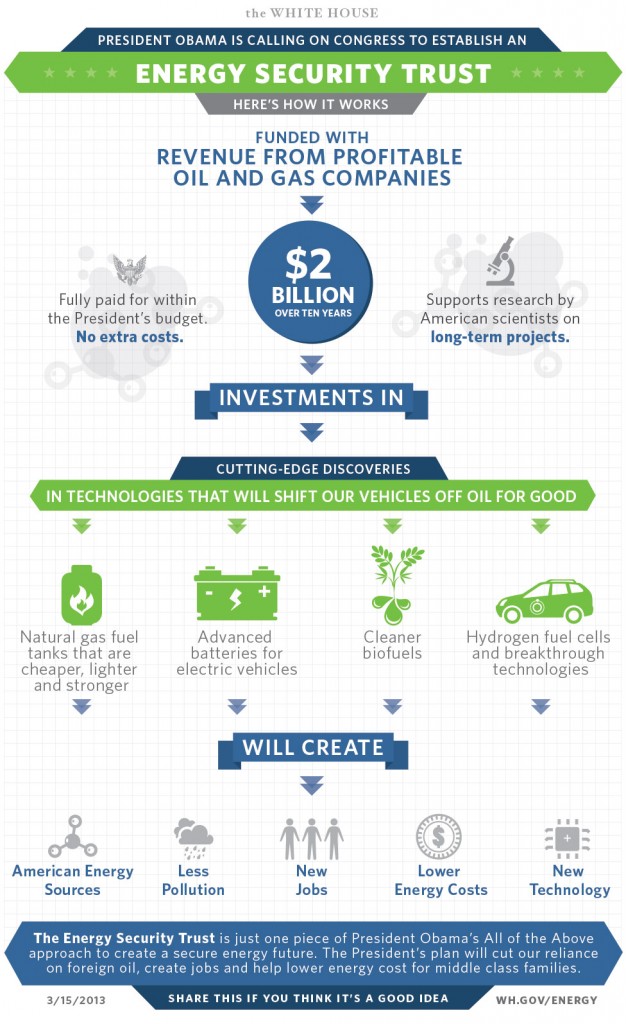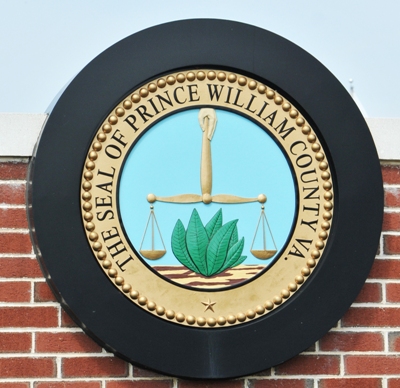The EISENHOWER GRADUATE FELLOWSHIP (GRAD) provides funding for Students pursuing Master’s Degrees or Doctorates in transportation related fields. The program objectives are:
- to attract the nation’s brightest minds to the field of transportation,
- to enhance the careers of transportation professionals by encouraging them to seek advanced degrees, and
- to retain top talent in the transportation industry of the United States.
The Program is intended to bring innovation and enhance the breadth and scope of knowledge of the entire transportation community in the United States. The Eisenhower Graduate Fellowship Program encompasses all modes of transportation.
DISCIPLINES
The Department of Transportation encourages students from Historically Black Colleges and Universities (HBCUs), Hispanic Serving Institutions (HSIs), and Tribal Colleges and Universities (TCUs) to apply for the Eisenhower Graduate Transportation Fellowships.
ELIGIBILITY REQUIREMENTS
Eisenhower Graduate Fellowship Applicants must:
- Possess an earned baccalaureate degree or be a confirmed graduating senior;
- Be enrolled full time in an accredited U.S. institution of higher education no later than the Fall 2013 academic year
- Be pursuing a degree in a full-time program in a transportation-related discipline
- Have at least one full academic year remaining in program of study;
- Conduct ongoing research in one or more transportation-related disciplines; and
- Plan to enter the transportation profession after completing their higher level education.
Non-U.S. citizens must attach a certified copy of their I-20 or I-551 ID issued by the U.S. Citizenship & Immigration Service (CIS).
SELECTION
Applications will be evaluated by the Eisenhower National Selection Panel. This National Selection Panel will be composed of prominent national transportation professionals, including academia and the public sector, who will review, rate and rank each applicant. The panel’s recommendations for selection will be forwarded to the Program Manager, Universities and Grants Programs. The Program Manager will make final selections.It is imperative that applicants provide an accurate and current email address for themselves and their faculty advisor. Applicants will be notified of their status via email.
CRITERIA FOR EVALUATION
The Eisenhower Graduate Fellowship will be awarded on the basis of merit. Merit includes:
- Class standing, GPA, and official university transcripts; (25 Points)
- Potential for Outstanding Career in Transportation (Transportation work experience, if applicable); (25 Points)
- Proposed plan of study (25 Points)
- Letters of recommendation regarding the applicant’s qualifications; (20 Points)
- Overall quality of Application (5 Points)
STIPEND, TUITION AND TAXES
All recipients may not receive a full award (i.e. tuition, stipend, and travel to Transportation Research Board (TRB) Annual Meeting). Recipient awards will be based on the rankings from the National Selection Panel. Recipients of this fellowship will receive a minimum of $5,000.00, based on their ranking from the National Selection Panel and the availability of funding.
Fellowship recipients should be advised that the stipend portion of the fellowship is subject to taxation in accordance with the U.S. Internal Revenue Service (IRS) regulations (Publication 970, revised 2011).
The stipends for the Eisenhower Graduate Fellowship are as follows:
- Master’s Level – $1,700/mo.
- Doctoral Level – $2,000/mo.
Note: Actual Stipend level may vary based upon available funding. Stipends are capped at $1,700 for Masters students and $2,000 a month for Doctoral students from Eisenhower funding. Additional stipend amounts may be added by the University or other sources.
SCHEDULE
All applications and supporting material (official transcripts and letters of recommendation) for Eisenhower Graduate Transportation Fellowship must be received by 5:00 p.m. Monday, April 1, 2013.Applications should be sent to the address in the section entitled “How to Apply”.
Click here to learn more about the details and for applying instructions.





























